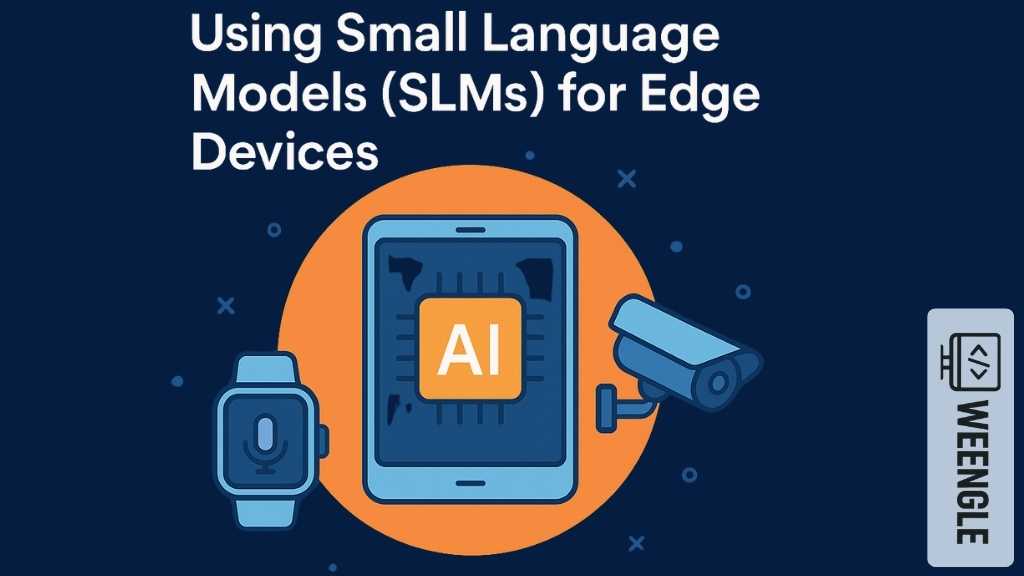What Are Small Language Models (SLMs)?
Small Language Models (SLMs) are lightweight versions of large language models, designed to operate efficiently with fewer resources. Unlike their massive counterparts like GPT-4 or PaLM, SLMs can run on limited hardware such as mobile phones, IoT devices, and microcontrollers, making them ideal for edge computing applications.
Why Use SLMs on Edge Devices?
Edge devices, like smartwatches, industrial sensors, and embedded systems, typically have limited memory, processing power, and no reliable internet connection. Here’s where SLMs shine:
- Low Latency: Process data in real time without relying on cloud servers.
- Data Privacy: Keep sensitive information on the device, reducing the risk of data breaches.
- Reduced Costs: Lower infrastructure and bandwidth usage.
- Offline Capabilities: AI features work even without an internet connection.
Top Use Cases of SLMs on Edge
SLMs are transforming various sectors with their edge-ready capabilities:
- Voice Assistants: SLMs enable on-device speech-to-text and smart replies.
- Healthcare Wearables: Real-time anomaly detection in vital signs.
- Smart Cameras: Local object detection and face recognition without sending data to the cloud.
- Customer Kiosks: Chatbot-like interactions with minimal hardware.
Popular Small Language Models
Here are some of the most efficient and open-source SLMs suitable for edge AI development:
- Phi-2 (Microsoft): A compact 2.7B parameter model ideal for reasoning tasks.
- TinyLlama: Optimized to fit in mobile and embedded environments.
- DistilBERT: A smaller, faster version of BERT designed for low-resource environments.
- Gemma 2B (Google): Tailored for efficient on-device performance.
Challenges of Using SLMs on Edge
Despite their advantages, there are certain limitations:
- Limited reasoning capabilities compared to LLMs
- Training and fine-tuning require specialized expertise
- Smaller models can struggle with complex, nuanced tasks
Best Practices for Deploying SLMs
Follow these tips for a successful SLM deployment on edge devices:
- Use quantization and pruning to reduce model size further
- Opt for inference engines like ONNX Runtime or TensorFlow Lite
- Continuously monitor performance and retrain as needed
- Secure models to prevent adversarial attacks and reverse engineering
Final Thoughts: The Future of SLMs on Edge
As AI becomes more integrated into our daily lives, the use of Small Language Models for edge computing is expected to grow. They offer an efficient, private, and cost-effective solution for real-time language processing without relying heavily on cloud infrastructure.
By choosing the right SLMs and optimizing for hardware constraints, developers can create powerful AI experiences directly on the edge, paving the way for smarter devices and a more connected world.

